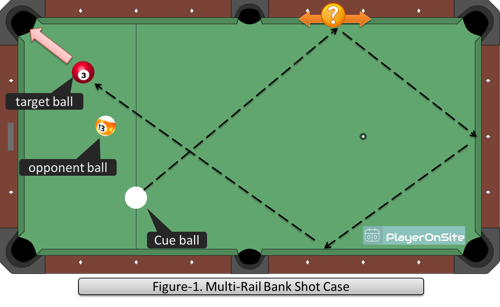
Although no one knows for certain who invented pool tables, it is clear that they have been around for quite some time. The earliest records of the game date back to the 1500s in Northern Europe. It was loved by all ages. It has been popularized in the United States for many decades.
The original version of pool was played with grass or a board having a hole at the center. It was played using object balls that had numbers from 1 to 15. The game was similar, except that you pushed the ball and not struck it. In the 1600s, the "mace", a wooden stick that was used to strike the ball was invented.
The game was further refined by adding a cue stick, wooden hoop and balls. It was very popular in Europe and then spread to the United States. It wasn't until the Industrial Revolution that this game became very popular around the world.

The history of the game's development is unclear, though there are many individuals who played a part in it. First, the indoor billiards table was invented by King Louis XI (France). It became a popular pastime in England after the Industrial Revolution. The game was also popular among the French nobility.
The popularity of the game grew in America after it was first introduced. Billiards tournaments took place all across the country, as many of the early settlers brought it to the United States. The game gained popularity in finer saloons because it was more affordable than the equipment.
The history of the game was made more complicated when ivory became a ball material. Original ivory was made from elephant tusks. Ivory gained popularity in the 17th century. However, it was not indestructible and could crack when subjected to excessive force.
In the 1920s, pool balls made from ivory were replaced with a new material. This ball material was made of a mixture nitrocellulose and camphor. It could explode if it was struck with extreme force.

This new ball material is called a composite. Although the nitrocellulose was not very stable, it was an inexpensive alternative to ivory. The stick and hoop were finally abandoned after a while. Also, the cue tip was changed to a leather tip which greatly improved ball hitting.
The game continued to grow and flourished in America during the 1800s. John Wesley Hyatt was a billiards player who invented a ball of camphor and nitrogencellulose in the late 1870s. This new ball material was not very stable, and the ball could explode when struck with extreme force.
Michael Phelan (a successful pool player) was another key figure in developing the game. Phelan was born in Ireland and emigrated to the United States with his father. Michael then entered the pool hall business. He wrote a book on the subject of pool that inspired new generations to leave behind ivory balls and moved to the table.